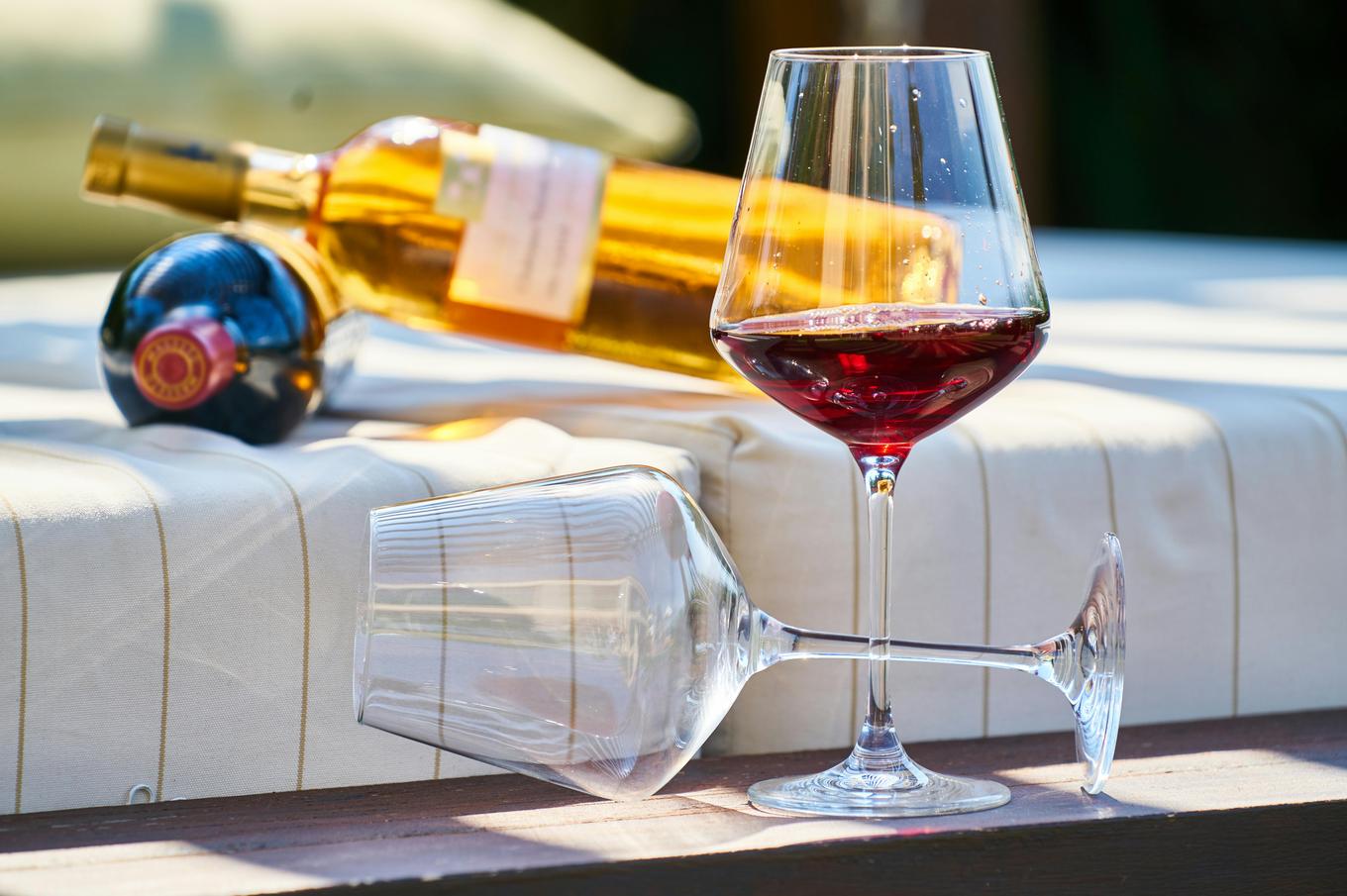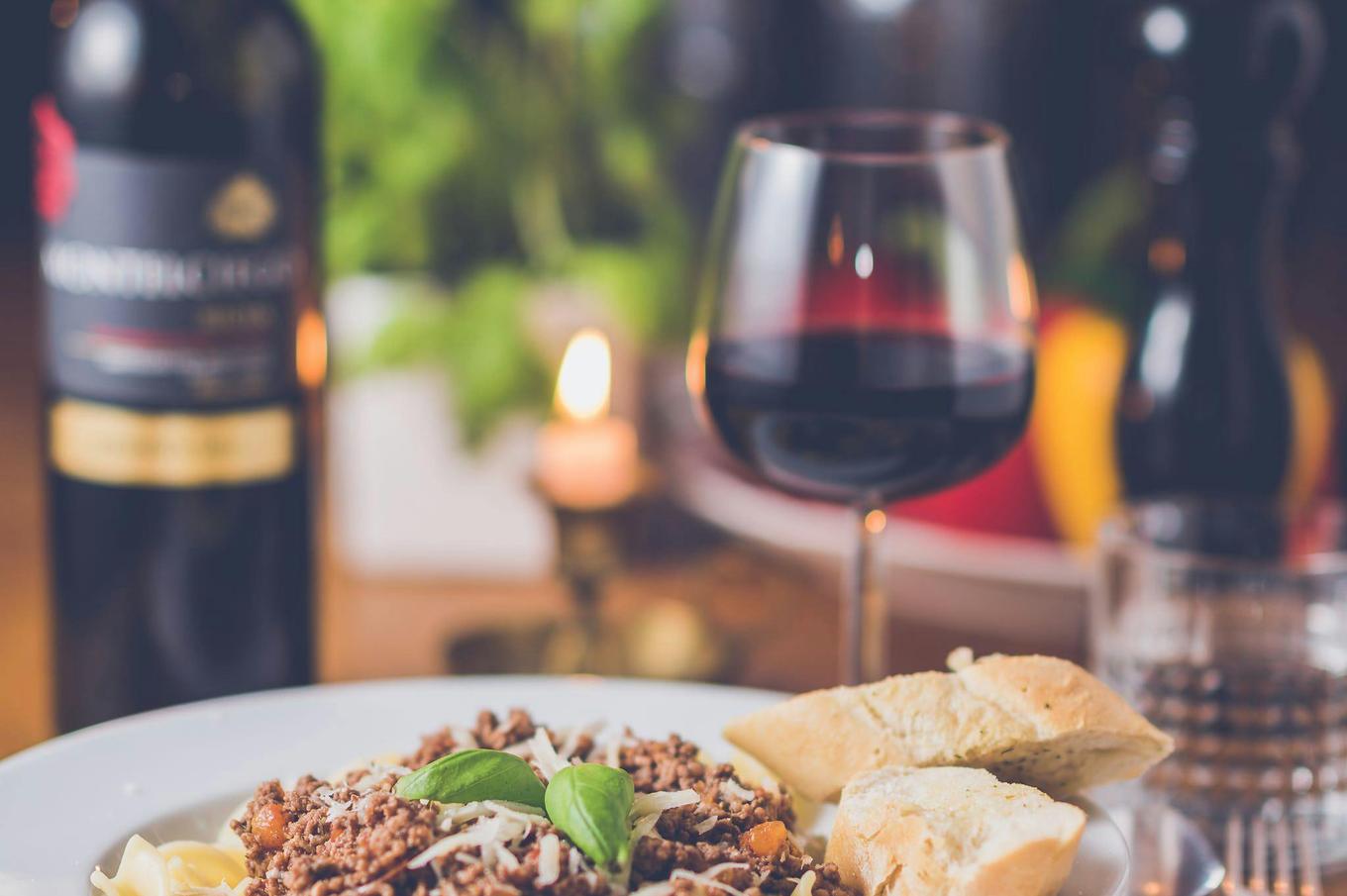- Shanghai Zhongshen International Trading Co., Ltd. – Your reliable partner with 20 years of import/export agency service expertise.

When German Beer Meets Chinese Customs
In 2019, I handled a typical case: an importer declared draft beer from a Cologne brewery as ordinary beer, and as a result, the entire container was detained because the alcohol content exceeded the standard. This lesson, worth 1.2 million RMB, tells us—The cross-border journey of "liquid gold" cannot be compromised from the first document onwards.
Three Iron Rules for Brand Selection
There can be a world of difference between a sample bottle received at the Munich Oktoberfest and the actual container arriving at the port:
- Qualification Certification Comparison Table:
- Essential: HACCP Food Safety System Certification
- Bonus: IFS International Food Standard Certification
- Note: German local beer purity certification (Reinheitsgebot) ≠ Chinese food import license
- Packaging Specification Adaptability:
- Can breakage rate is 38% lower than glass bottles (2024 DHL logistics data)
- The comprehensive customs declaration cost for 330ml specification is 22% lower than 500ml
Devil in the Details of Customs Declaration
| Declaration elements | Common mistakes | Compliance Suggestions |
|---|---|---|
| alcohol concentration | Rounding resulting in exceeding the standard | Accurate to two decimal places |
| Wort concentration | Missing the pre-fermentation value | Distinguish between original wort concentration and finished product concentration |
Temperature Game in Cold Chain Logistics
The lesson from a batch of Berlin wheat beer in April 2025:
- The "full cold chain" promised by the freight forwarder actually had three break points
- On-arrival testing showed flocculent precipitation in the beer body
- Solution: Use a refrigerated container with a temperature logger
Three minefields most easily stepped on by novices
- Excessive reliance on "duty-free" advertising: Craft beer tariffs can actually reach 40%
- Neglecting the timeliness of Chinese back labels: Recommended to prepare compliant labels 3 weeks in advance
- Misjudging the customs clearance cycle: Average customs clearance time for beer category is 2 working days longer than for wine
Practical Case: The Rebirth of Bavarian Light
A regional distributor suffered a major setback when representing a German brand in 2024:
- The first batch of 500 cases was returned after arrival because "contains wheat protein" was not marked
- Adjustment plan:
- Redesign allergen warning labels
- Adopt a phased customs clearance strategy
- Establish local emergency inventory
- Result: Q2 2025 sales increased by 170% month-on-month
When watching the cargo ship slowly approach the shore, I always remember the night twenty years ago when an entire container of goods was lost due to a label printing error. The cross-border journey of German beer is essentially anart of balancing quality standards and business efficiency. When you raise your glass next time, I hope the amber liquid brings not only taste enjoyment, but also the mellow aftertaste of cross-border wisdom.
Related recommendations
- Is it easy to be an export red-wine agent? A 20-year veteran foreign-trade insider gives an in-depth analysis
- How to Choose a Compliant Export Wine Agent? 2025 Latest Policy Interpretation
- Shanghai Red Wine’s Export Code: Foreign-Trade Wisdom Aged in Oak Barrels
- How to Quickly Launch a Wine Export Agency Business? These 9 Key Questions Must Be Mastered!
- How can one open up overseas wine markets through agents? What are the mandatory export-qualification requirements? How can international trade risks be avoided?
? 2025. All Rights Reserved.










